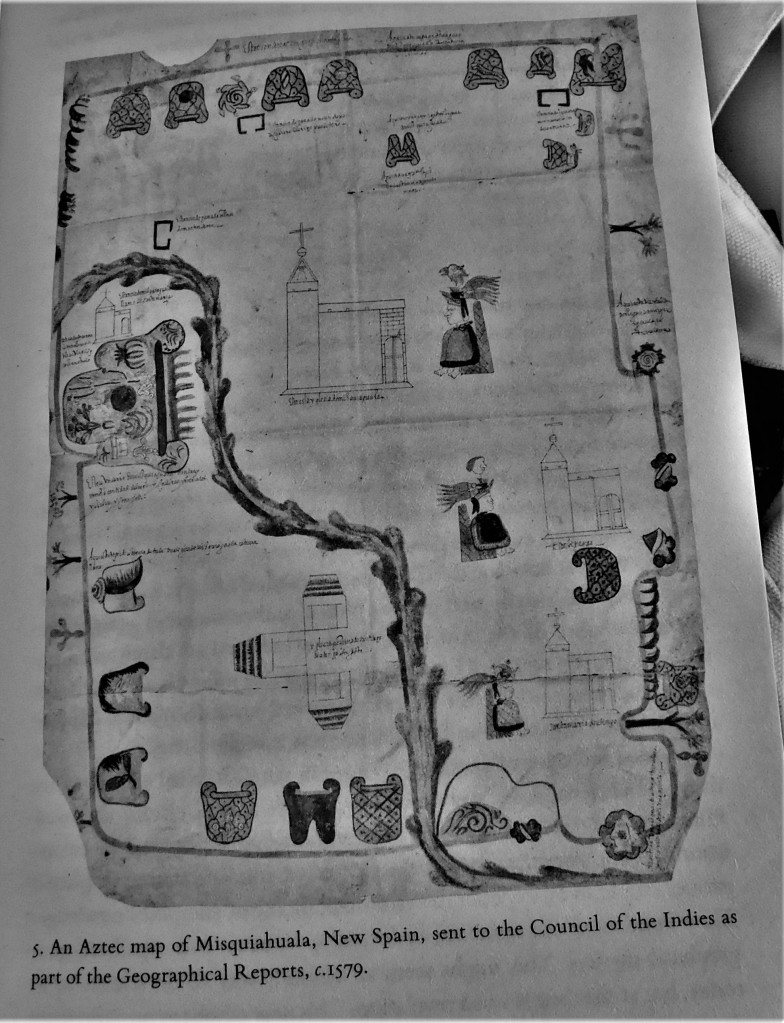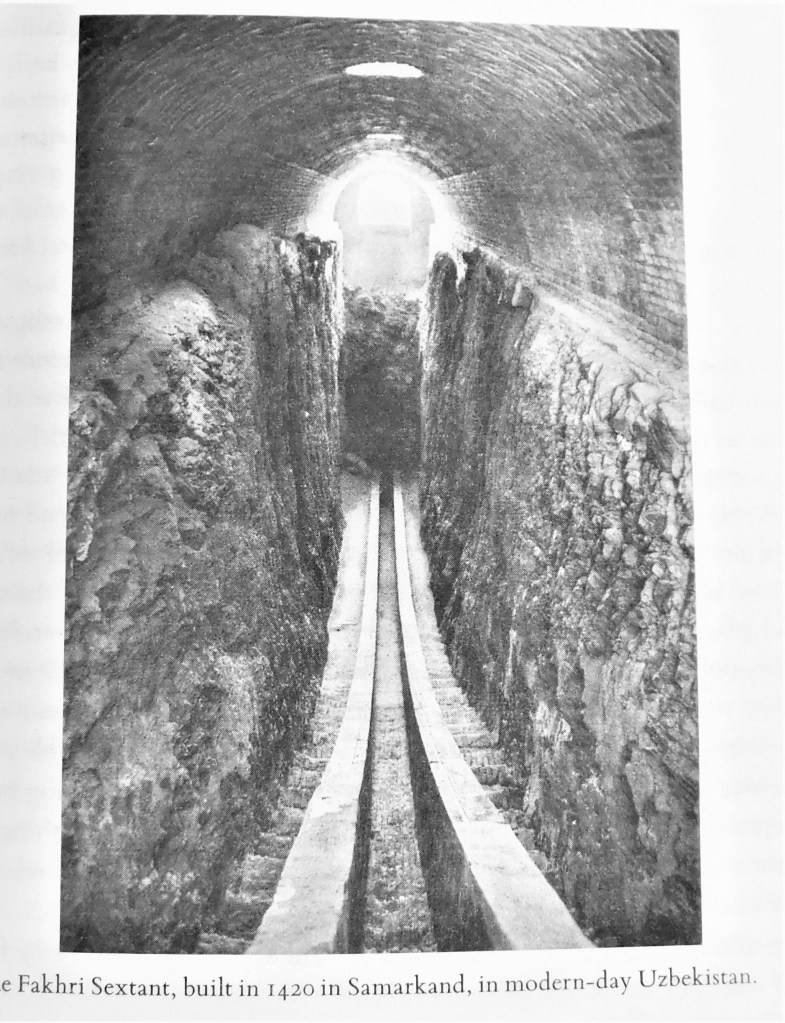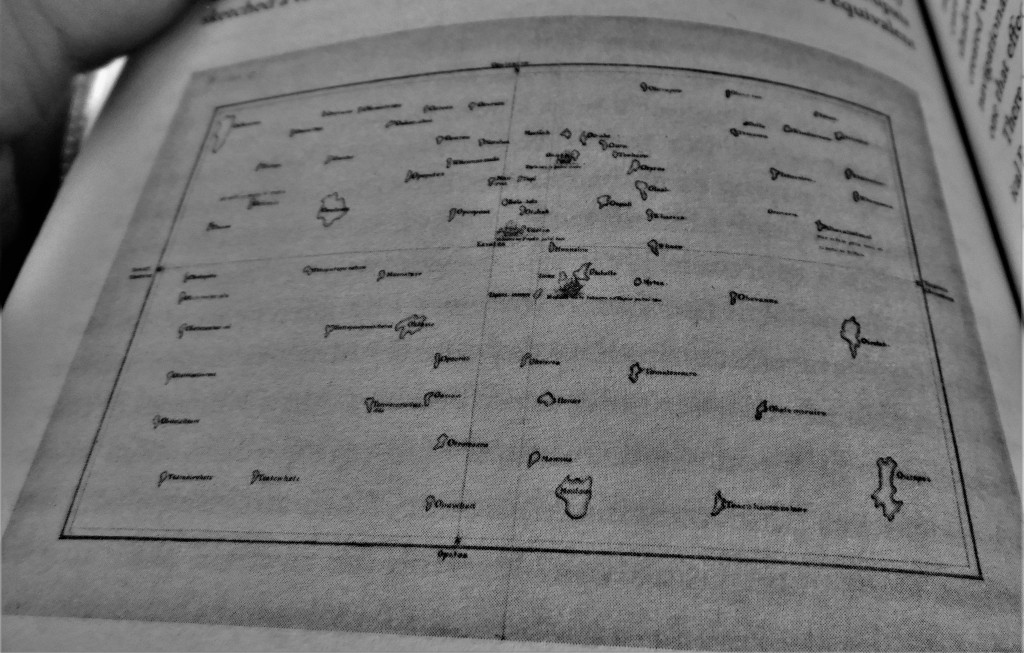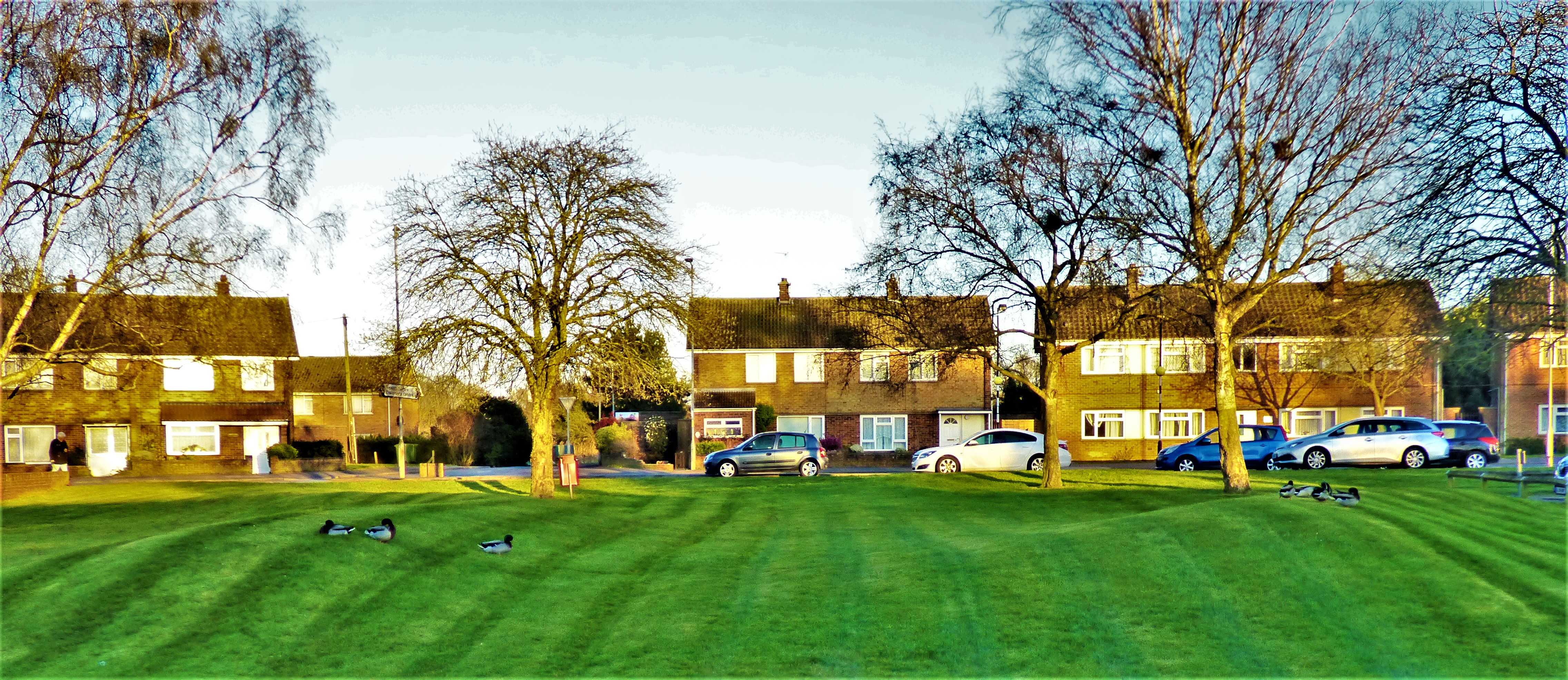Today I pick an England XI each of whom have their place or places in the record books. Several excellent candidates missed out because I could only accommodate 11 players, but I think my XI has a good mix of quirkiness and class.
THE XI IN BATTING ORDER
- Herbert Sutcliffe (right handed opening batter). Not just an England record, an all comers record: the only player to have played 20 or more test matches and never had a batting average below 60 at that level. I have previously mentioned how the progression of his averages shows him to have been the ultimate big game player.
- Alastair Cook (left handed opening batter). His feat of scoring a 50 and a century on test debut and finishing his career in the same way 12 years later is one of multiple ways in which he qualifies: England’s leading run scorer, England’s leading century maker, scorer of more runs from number two than any other England player.
- Walter Hammond (right handed batter, ace slip fielder, right arm medium fast bowler). More runs from number three than any other England batter, most runs in a series for England (905 at 113.125 in the 1928-9 Ashes), unique sequence of over 700 runs in the space of four test innings (101 and 75* in the last test of the 1932-3 Ashes, 227 and 336* in the two innings he played in New Zealand on the way home from that tour), twice scorer of back to back test double centuries (251 and 200 in the 1928-9 Ashes as well as the NZ runfest already detailed).
- Joe Root (right handed batter, occasional off spinner). Leading run scorer among current England batters, by a long way, leading career aggregate for any England right hander.
- Eddie Paynter (left handed batter). Has the best average of any left hander to have played 20 or more test matches for England – 59.23. His record includes double centuries against Australia and South Africa, but his most famous innings was 83 at Brisbane in the 1932-3 Ashes when he defied nurses advice and rose from his sick bed to bail England out of a crisis.
- +Les Ames (right handed batter, wicket keeper). Uniquely in this line up, because I required a keeper who was also a top class batter, I have used first class records to get him – more career stumpings than anyone else in history, three of the four “keeper’s doubles” (1,000 runs and 100 dismissals in first clas matches in the same season) stand to his credit.
- *Aubrey Smith (right arm fast medium bowler, right handed batter, captain). The only player to captain England in his only test, and since England won the match comfortably a rare England skipper with a 100% winning record in the job.
- Jim Laker (off spinner, right handed lower order batter). Most wickets in an Ashes series (46 in 1956, a haul that included a first class record 19 in the match at Old Trafford).
- Syd Barnes (right arm fast medium, right handed lower order batter). 189 wickets in just 27 tests for an average of seven per match. Two thirds of those wickets came overseas – 77 in 13 matches in Australia and 49 in just four matches in South Africa (in the last series before WWI).
- James Anderson (right arm fast medium, left handed lower order batter). England’s all time leading wicket taker, closing on 700 test scalps.
- Charles ‘Father’ Marriott (leg spinner, right handed tail end batter). 11 wickets in his only test appearance, the most by any one cap wonder. One of the select club of players to have taken more first class wickets than he scored runs.
This XI contains a very powerful top six, and although Smith and Laker are both probably a place too high in the order both could handle a bat – the latter had a test best of 63. Also a bowling attack that has Anderson, Barnes and Smith as front line seam/swing/pace options plus Hammond as fourth seamer if needed and Marriott and Laker as a contrasting spin pairing is not going to need as many runs behind it as some attacks would.
HONOURABLE MENTIONS
There are quite a few of these, so I am going to divide them up into categories.
Opening batters: Len Hutton (test record score for England, 364 at The Oval in 1938), Jack Hobbs (a record 12 centuries for England against Australia), John Edrich (highest score by an England left hander, 310* v NZ) and Graham Gooch (most runs by an batter in a single test match – 456 (333 and 123 v India at Lord’s in 1990) are all definite candidates, and some would also include WG Grace, the only player to twice hold the England record score (152 and 170, both v Australia, at The Oval in 1880 and 1886).
Middle order batters: RE Foster (highest ever score by a debutant and still the highest for England in Australia, 287 at Sydney in 1903), and the only player to captain England men’s teams at cricket and football and KS Ranjitsinhji (150+ scores on debut in two countries – 154* at Old Trafford in 1896 and 175 at Sydney in 1897) are the most obvious.
All rounders: Ian Botham reached the double of 1,000 runs and 100 wickets in an all comers record 21 matches, and 2,000 and 200 in 42 matches before falling away later in his career. Billy Bates took England’s first hat trick, part of a performance that saw him become the first ever to score a 50 and take 10 wickets in the same test match.
Pace bowlers: George Lohmann has the cheapest career average of any bowler to have taken 100 or more test wickets – 10.75. Frank Tyson is the only post WWII England bowler to finish a test career of more than 10 matches with a bowling average below 20 – 18.56. Kent left arm quick Fred ‘Nutty’ Martin still has the record for most wickets by an England debutant – 12.
Other bowlers: Derek Underwood took the most test wickets of any England bowler of below medium pace – 297 with his left arm slow medium. Graham Swann was the leading career wicket taker among England off spinners.
PHOTOGRAPHS
My usual sign off…






































































